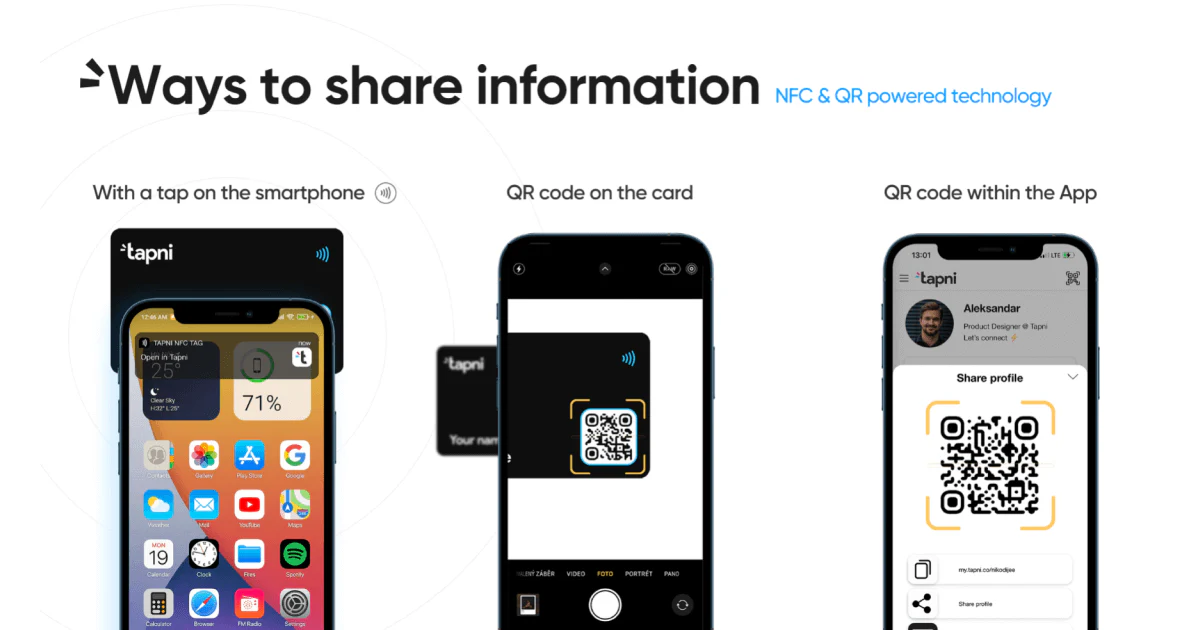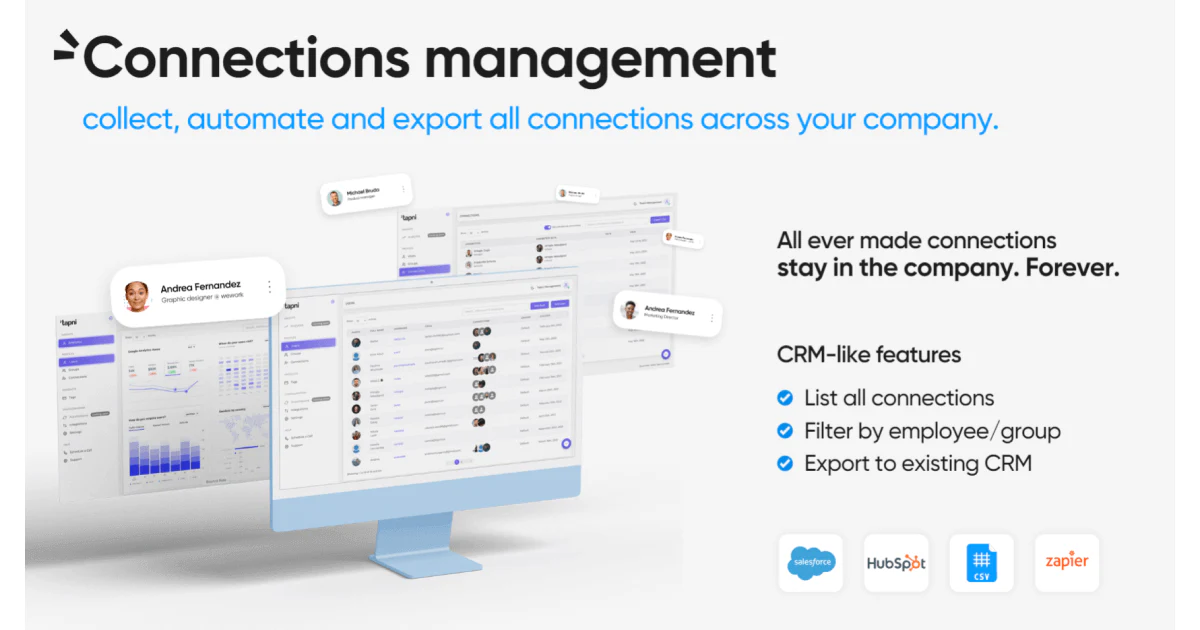Browse our comprehensive product guides and documentation


Despite living in a highly digital age, business cards are still important players when it comes to networking.
Did you know that nearly 40% of potential clients have a tendency to walk away if the business card is poorly designed or presented?
In addition, 72% of business card recipients judge a company based on the business card quality.
Therefore, well-designed and captivating business cards are here to stay.
However, it opens up an evergoing debate: plastic business cards vs. paper business cards.
Which ones are more economical, impactful, eco-friendly, etc? Better for your business?
Read on as we go through the main pros and cons of plastic and paper business cards so you can make the right decision.
Let’s dive in!
Plastic business cards are made of durable plastic material, which makes them waterproof and scratch-resistant.
They are still staple when it comes to networking and exchanging contact information.
Furthermore, they can come in many shapes, sizes and colors, allowing you to express creativity while maintaining a sense of professionalism.
Some modern designs even incorporate additive printing techniques and advanced technologies like Shining 3D to achieve intricate textures, embossed effects, and unique surface finishes that traditional printing methods can’t replicate.
Plastic business cards offer a wide range of benefits. Let’s take a look at the main ones:
✅ Great for long-term use due to their durability
✅ Highly customizable and, therefore, unique
✅ Can be digitalized
✅ Can act as a great marketing tool to promote your business.
However, there are always two sides to one coin, so plastic business cards aren’t without shortcomings.
❌ Might not be suitable for more old-school, and traditional industries
❌ Can be less eco-friendly if they aren’t made from recyclable material
❌ Are more expensive than paper business cards.
There are no limitations to who can use plastic business cards. Still, they might be optimal for people working in construction or similar professions where the regular paper business card would get damaged by water or dirt, especially for those looking to find construction jobs and make a strong, durable first impression on-site or during networking opportunities.
Apart from that, plastic business cards are considered to be more modern and stylish and are often used among salespeople, entrepreneurs, job applicants, etc.
Now let’s see how paper business cards stand in the plastic business cards vs. paper business cards battle.
Paper business cards are traditional business cards that contain basic contact information.
Thus, depending on your preferences, you can include:
But the front side of a paper business card isn’t the only one you can use. The back side is also important if you want to reach the full potential of your card.
From making the back magnetic to having a logo or a catchy phrase, there is no end to creativity when it comes to the back of your paper business card.

They can also be highly customizable and allow for more intricate details like raised fonts, different designs, colors, and more.
What’s more, regarding the material, you can choose from matte, glossy, photo, and textured card stock.
In addition, they are recyclable and can be more budget-friendly if you make a large batch or aren’t planning anytime soon to change your brand colors, logo, or any other relevant info on them.
Otherwise, they are more expensive to produce.
So let’s check the main pros and cons of paper business cards.
Although traditional paper business cards might not be as popular as they used to be, they are by no means obsolete.
And some of their benefits largely contribute to this fact.
✅ Add a personal touch - think of it as a hand-shaking and strengthening the bond. Furthermore, you can immediately capture your new contact’s attention.
✅ Budget-friendly - they cost less than plastic business cards
✅ Eco-friendly - they are recyclable.
In order to see the whole picture, let’s also check the main cons.
❌ Prone to fading and warping over time
❌ Provide insufficient information due to the lack of physical space
❌ Need to be updated regularly in case your contact info or logo changes.
Paper business cards are still very popular among old-school and more traditional industries that are not prone to changes.
In addition, they are a preferable choice for eco-friendly professions.
Now that we’ve covered the main pros and cons of plastic business cards and their counterpart, what is the final verdict?
The ultimate winner will depend on the type of business you do and the type of your clientele.
In a nutshell, both types of cards share so many similarities and serve the same purpose - networking.
However, our top pick would be plastic business cards.
Why? Because they can be digitalized.
Not only do digital business cards store more information, but the level of creativity and options are almost limitless.
A digital business card is a more innovative way of presenting yourself and your company.
Since they are customizable, they can be of great aid in promoting your brand identity and creating a memorable first impression.
But what really sets digital business cards apart from paper ones is that you can include various information, such as links to social media profiles, websites, etc.
And what’s more, you can use a QR code to exchange and share information much easier.

In addition, you can also include photos and logos.
Thus, it comes as no surprise that there are multiple benefits when using digital business cards.
Digital business cards offer many benefits. Let’s take a look at the main ones:
✅ Great for long-term use due to their durability
✅ Highly customizable and, therefore, unique
✅ Effortlessly share business information
✅ Can hold much more info compared to paper business cards
✅ Data can be quickly updated
✅ Cost-effective (you don’t need to print dozens of samples for sharing)
✅ Eco-friendly
However, there are always two sides to one coin so digital business cards aren’t without shortcomings.
❌ Might not be suitable for less tech-savvy individuals
❌ Need Internet access
❌ Depending on the software that supports them, it can have bugs.
Overall, digital business cards are great for spreading the word about your business while still expanding your network in a personalized way.
For example, Tapni is an app that helps you create digital business cards in a smart, quick, and sustainable way.
Tapni offers various templates for your business cards: you can choose from different colors and materials, glossy or matte.
Furthermore, you can also create customized digital business cards by incorporating images and logos, text edits and fonts, colors, a QR code, etc.

And if you want to get even more creative, you can also choose and create designs for stickers, keychains, and waistbands.

And what’s great is that others don’t need a Tapni profile to access your info or provide it for you.
But if you thought Tapni only helps you create digital business cards, think again.
Tapni also allows you to automate lead generation by importing new connections to your CRM system.

So there is more to Tapni than initially meets the eye.
Enticed to find out more?
Download the Tapni app to revolutionize networking and take it to the next level.